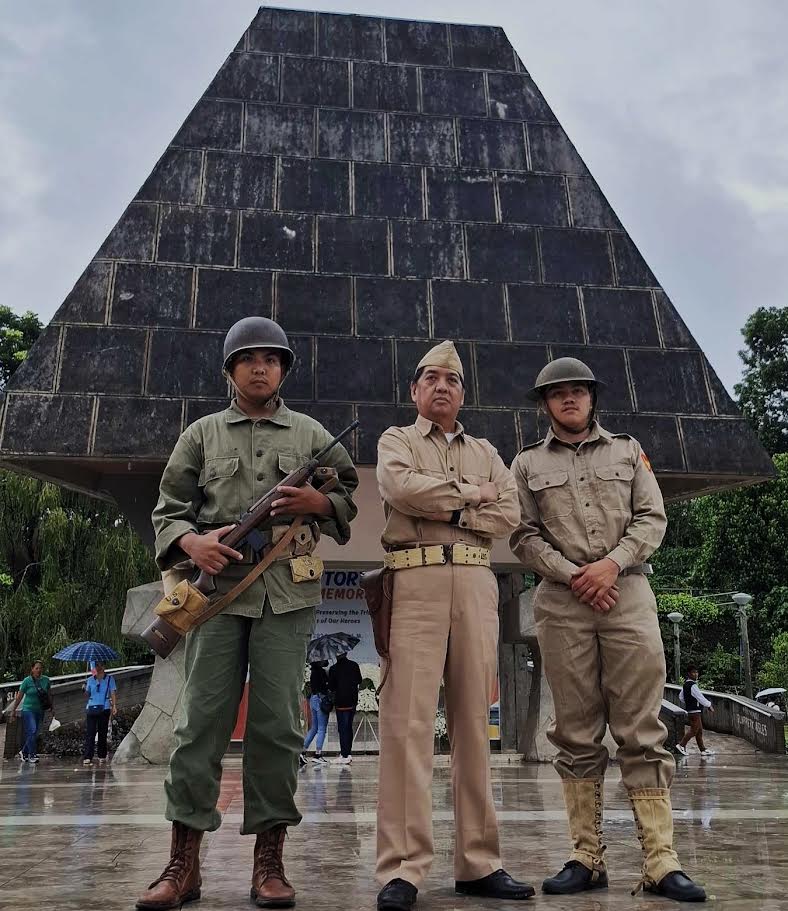Victory for the Ifugao Rice Terraces
Province of Ifugao celebrates the 79th Victory Day
By MB Lifestyle
At A Glance
- Activities included a flower and candle offering at the Peace Museum, a historical forum on Ifugao heritage, a veterans' forum and medical mission, and a reception evening for veterans and Ifugao generals in active service in the Armed Forces of the Philippines.

Photos from: Province of Ifugao Tourism Office
Ifugao is synonymous to the Rice Terraces, one of the country’s pioneer tourist destinations and a UNESCO World Heritage Site. Spread over the towns of Banaue, Mayoyao, Hungduan, and Kiangan, the rice terraces are an ancient engineering feat and the cradle of Cordillera culture and history.
Beyond these iconic wonders, this charming province has been a mute witness to the last months of World War II in the Philippines almost 80 years ago.
To highlight its vital role in history, the Province of Ifugao and the Municipality of Kiangan recently held the 79th Victory Day, a commemorative event to observe the surrender of Japanese General Tomoyuki Yamashita. This surrender led to the end of the war in the Philippines.
Themed “Inspiring Generations: Preserving the Sacrifices and Triumphs of our Heroes”, the two-day observance was held at the Kiangan National Shrine, a Philippine Veterans Affairs Office (PVAO) military memorial which marks the spot where Yamashita surrendered on Sept. 2, 1945, after successive defeats of the Imperial Japanese Army in the North Luzon and Cordillera regions in the hands of Filipino guerillas, US troops, and Ifugao bolomen.
Activities included a flower and candle offering at the Peace Museum, a historical forum on Ifugao heritage, a veterans’ forum and medical mission, and a reception evening for veterans and Ifugao generals in active service in the Armed Forces of the Philippines.

The Victory Day celebration featured traditional military honors, including a 21-gun salute in tribute to the fallen soldiers, along with a socio-civic and cultural program showcasing performances by dancers from the Ifugao Intangible Heritage Performing Arts Society. As part of its corporate social responsibility, the Philippine Veterans Bank also contributed to the event by bringing WWII historical reenactors to help preserve the legacy of veteran heroes.
According to Ifugao governor Jerry Dalipog, the event is both a celebration of the uncommon valor of our forebears, and a continuing quest for a lasting peace among nations.
He added that the province will prepare for a bigger and grander observance next year, with more diverse activities, including a possible production of a historical video documentary for the event’s 80th anniversary.
Another significant WWII location is Mt. Nagchajan in Mayoyao where the last major battle took place from July 25 to Aug. 7 as Japanese forces were defeated by the United States Armed Forces in the Philippines-North Luzon (USAFIP-NL). Also referred to as the Battle of Mayoyao Ridge, the victory is remembered locally as Lenong Ad Majawjaw (Peace Festival) and is celebrated on Aug. 8 to 9.
Other towns that played a role in the final stages of the war include Hungduan, where Japanese forces took refuge in the mountains, and Banaue and Lagawe, where prisoners of war were processed.
To promote this World War II historical trail, the Department of Tourism’s Cordillera Administrative Regional Office has organized two heritage caravans through the highland towns that are part of this significant history.